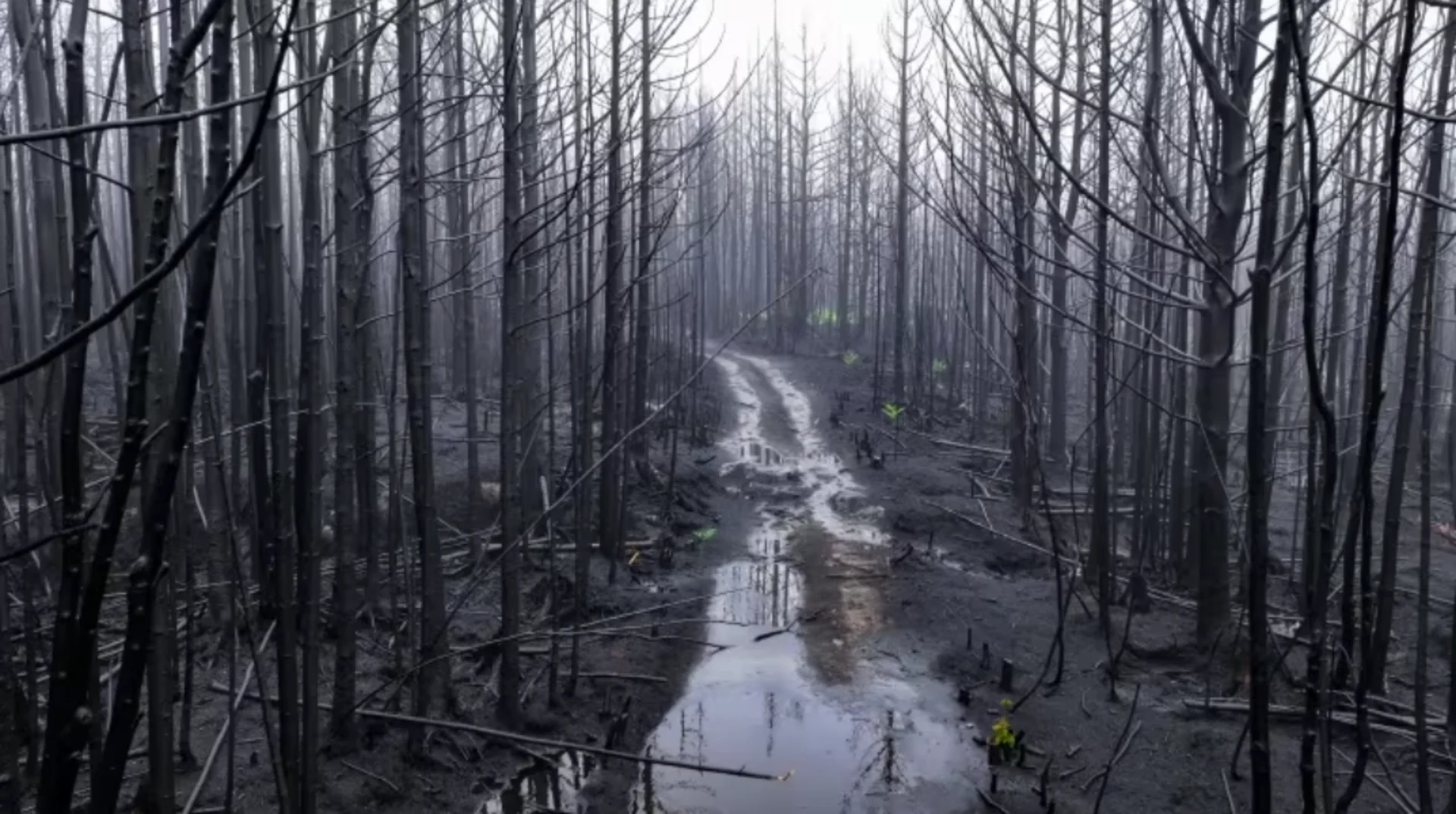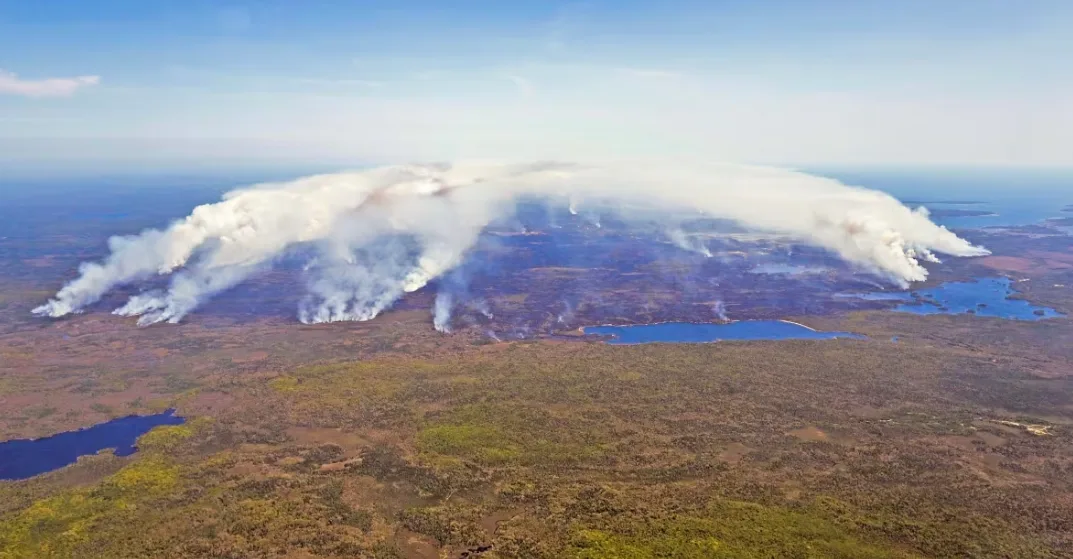
Shelburne County, Halifax-area wildfires officially extinguished
Two months after wildfires ripped through more than 200 homes in Nova Scotia, the blazes that were burning just outside Halifax and in Shelburne County have been extinguished.
It's a milestone worth noting — the culmination of many weeks of hard work by firefighters and staff at the provincial Natural Resources Department, said forest protection manager Scott Tingley.
"It's certainly been a very trying time, even going back a number of years, for Nova Scotia. This certainly tested us, but I think people rose to the occasion," the department's Tingley said in an interview on Thursday.
Visit The Weather Network's wildfire hub to keep up with the latest on the wildfire season across Canada.
"It was unprecedented. It did stretch our limits and we had a lot of help. A lot of people stepped up, both inside the province and out."
The wildfire in Shelburne County was first announced on May 27 and would grow to a staggering 23,525 hectares — around 235 square kilometres — making to the largest in the province's history.
The fire prompted the evacuation of 3,200 homes, displacing 6,700 people — roughly half of Shelburne County's population. An estimated 60 homes and 150 structures were destroyed.

The fire in Shelburne County was the largest in the province's recorded history. (Communications Nova Scotia)
On May 28, a second wildfire broke out in the neighbourhood of Westwood Hills, roughly 28 kilometres west of Halifax, displacing 16,000 people and destroying 150 homes in the communities of Upper Tantallon and Hammonds Plains.
Several days of hot and dry weather exacerbated firefighting efforts at both scenes. Many residents remained displaced for more than 12 days as crews worked to protect properties and prevent further spread.
Both fires were likely caused by humans. Speaking with reporters on Thursday, Natural Resources Minister Tory Rushton said his department has handed over its evidence to the RCMP.
"There is still a conversation, this is still an ongoing investigation," Rushton said.
SEE ALSO: Firefighters rely on support at home to battle blazes across Canada
Tingley said in order to declare a wildfire is out, the department has to be certain there is no chance for flareups and no longer any risk to the public, infrastructure or forests. Crews work through five stages: out of control, being held, under control, patrolling and extinguished.
According to the department, the Upper Tantallon and Barrington Lake wildfires were declared under control on June 4 and June 13 respectively.
Since then, local crews have been monitoring for hot spots. Infrared scanning technology on helicopters was also used to identify more stubborn areas.
WATCH: Wildfires in Canada have burned more land than all of Costa Rica
"I think the official declaration that they're extinguished hopefully is welcome news and puts some of that lingering anxiety to rest," said Tingley. "It's a big step in the healing process for Nova Scotia."
Tingley said the province's recent rainfall, including a record-breaking rainfall that dumped upwards of 250 millimetres on parts of the province in several hours, has also helped put the stubborn fires out.
He said 500 millimetres of rain has been recorded at the departments' Pockwock weather station near Halifax since May 28, and 300 millimetres was recorded at its Upper Ohio station in Shelburne County.
He said the department is now working on "reclamation," which involves returning the wilderness areas back to their original state as best they can after heavy machinery was brought in to create containment lines by digging down to remove fuels such as branches and leaves.
Tingley added the department is doing a broad review of the historic wildfires so that recommendations can be made to improve their response to future wildfires.
Thumbnail image courtesy of Shane Hennessey/CBC.
This article, written by Aly Thomson, was originally published for CBC News.